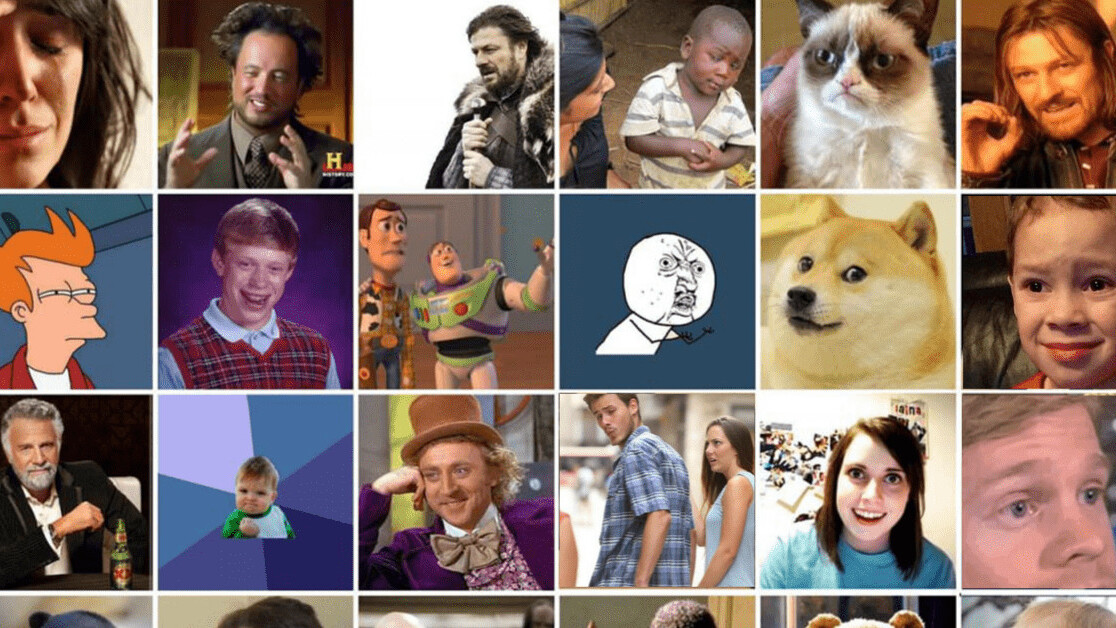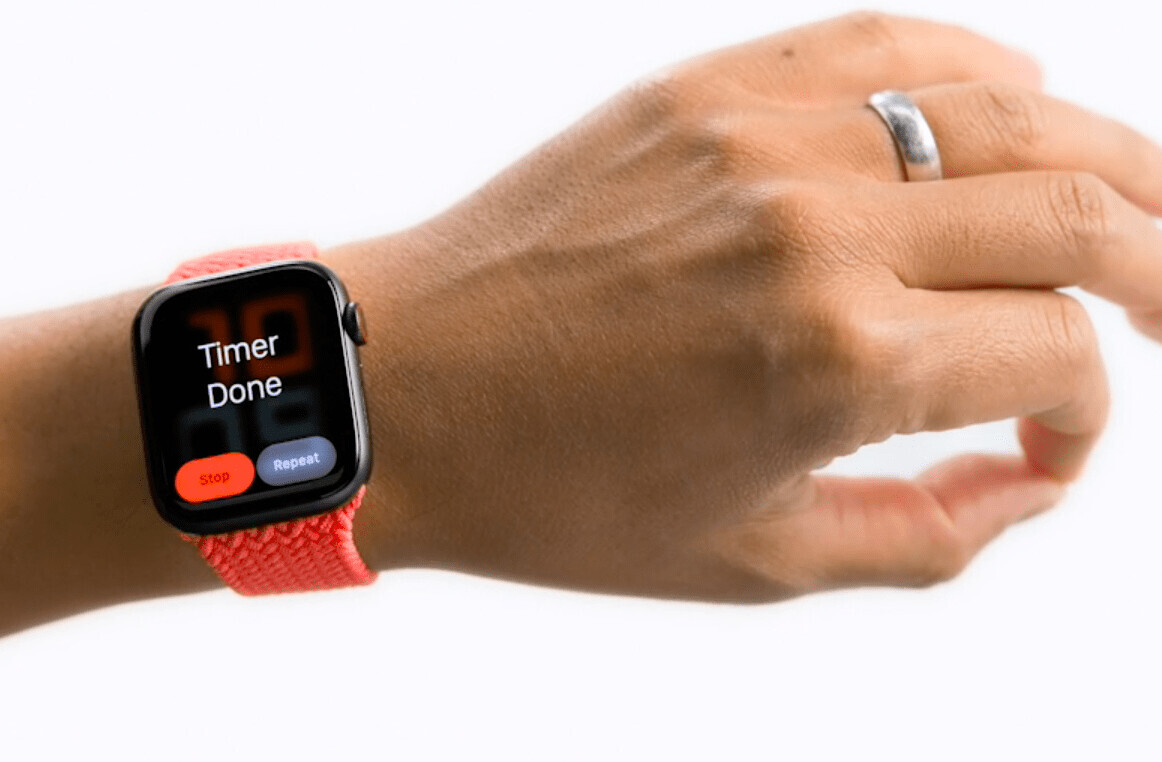
Social media, a tool once used to keep in touch with friends and family to share daily updates of your life, has seemingly evolved into an archive holding millions of memes. Whenever you scroll through Twitter or Facebook, you’re faced with a wall of meme after meme — be that the “Distracted boyfriend meme” or “Pepe the frog.”
Memes are undoubtedly changing the way we communicate and reference popular culture online, it was even reported that memes are more popular than Jesus Christ. But for the 1.3 billion people living with some form of visual impairment globally, a substantial chunk of the internet is inaccessible. But researchers from Carnegie Mellon University are developing ways to make memes more accessible for everyone.
In the study “Making Memes Accessible,” six researchers trained a system to classify and translate memes with up to 92 percent accuracy. Visually impaired and blind people typically use screen readers, built-in accessibility features, and even outsource a pair of eyes to help navigate around the internet. These tools are limited at the best of times, and with the rise of memes, social media sites have become much more visual-based — but this is where screen readers struggle to detail the full picture.
According to the study, social platforms like Facebook, Instagram, and Twitter allow users to add alternative text to their images, but most users aren’t aware of this feature, or they simply don’t use it. This has resulted in just 0.1 percent of images being accessible for visually impaired people.
To change this, the Carnegie Mellon system scans through memes found online and cross-checks the image alongside its growing database of meme templates and output three formats: meme text only, an alt-text + meme text pair, and an audio macro meme.

But this system does come with its drawbacks. Currently the system researchers are cross-checking cannot keep up with the growing library of memes online. In the study, it uses the “Success Kid” meme as an example various times which is from 2007. While technology like this has the power to make the internet more inclusive, social platforms should encourage others to add alt-text when posting memes.
Making memes more inclusive online
While researchers looked into the power of technology and AI to make memes more inclusive, there are multiple threads and Instagram accounts dedicated to creating memes for the visually impaired to relate to. One of these accounts is “e.c.b.0,” which posts popular memes with a detailed image description on each photo.
“I myself am visually impaired and I made my first meme just for fun. But then a lot of visually impaired people were commenting and saying how relatable it was, “ the admin of ‘e.c.b.0’ told TNW. “I started to look into memes about sight loss and found there was barely any, so I thought I’d make them myself.
“I found they always relate to the struggles you go through because of visual impairment and I always make sure to include and image description so that you can understand what’s going on in the picture. It’s been amazing the amount of people that have message me to say they find my memes relatable and helpful it makes them feel less isolated and alone in their life with sight loss.”
The meme culture has evolved into spreading joy online and relating to something in pop culture. These images are probably what flood your DMs everyday and comes into IRL conversation at least once a day. We should be looking into what technology can do to prevent visually impaired people from missing out and feeling isolated — but more, as a society, we should be more inclusive.
Get the TNW newsletter
Get the most important tech news in your inbox each week.




